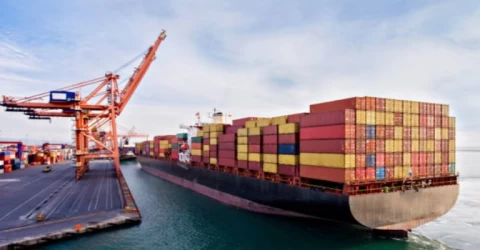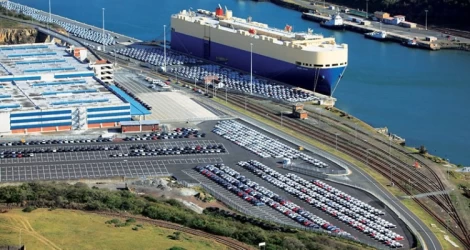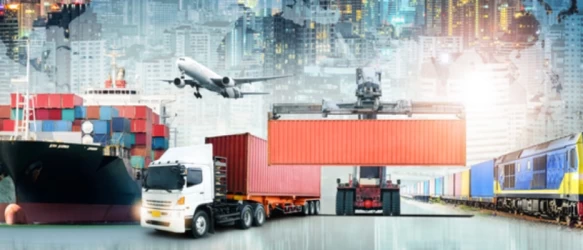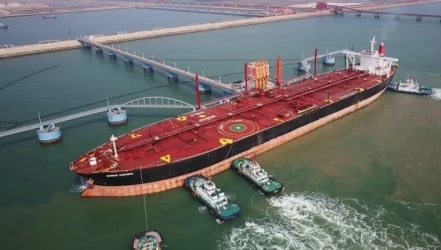Sea Freight at Kaohsiung Port
Kaohsiung Port, located in southern Taiwan, is the largest and busiest harbor in the country. It plays a pivotal role in Taiwan’s economy, serving as a major hub for international trade and sea freight. This article delves into the various aspects of sea freight operations at Kaohsiung Port, highlighting its infrastructure, cargo handling capabilities, and strategic importance.
Historical Background
The history of Kaohsiung Port dates back to the 16th century when it was a natural lagoon. Over the centuries, it has evolved into a modern harbor, thanks to significant developments during the Dutch, Qing Dynasty, and Japanese eras. Officially opened to foreign trade in 1864, the port has since grown to become a critical node in global maritime routes.
Infrastructure and Facilities
Kaohsiung Port boasts an extensive array of facilities designed to handle a wide variety of cargo. The port features 116 wharfs, including specialized terminals for containers, petroleum, liquefied gas, coal, ore, and other bulk commodities. Key terminals include:
- APL Terminal (W68-69)
- Evergreen Terminals (KCC4 and KCC5)
- HMM Pacific Terminal (W76-78)
- Yang Ming Terminal (W70)
These terminals are equipped with state-of-the-art technology to ensure efficient loading and unloading of cargo, minimizing turnaround times for vessels.
Cargo Handling Capabilities
Kaohsiung Port handles a diverse range of cargo types, including:
- Containers: The port’s container terminals are among the busiest in the world, with an annual throughput of over 10 million TEUs.
- Bulk Cargo: This includes coal, ore, and agricultural products.
- Liquid Cargo: Petroleum and liquefied gas are significant components of the port’s cargo mix.
- General Cargo: Machinery, steel, and processed food are also commonly handled.
The port’s ability to manage such a wide variety of cargo types makes it a versatile and crucial asset for Taiwan’s trade.
Strategic Importance
Kaohsiung Port is strategically located along major shipping routes, making it a vital link in the global supply chain. It serves as a key transshipment hub for goods moving between Asia, Europe, and the Americas. The port’s connectivity is further enhanced by its integration into the Maritime Silk Road, which connects it to markets across the Indian subcontinent, the Middle East, and Europe.
Environmental and Technological Initiatives
In recent years, Kaohsiung Port has undertaken several initiatives to enhance its environmental sustainability and technological capabilities. These include:
- Green Port Initiatives: Efforts to reduce emissions and improve energy efficiency are ongoing, with the port adopting cleaner technologies and practices.
- Smart Port Technologies: The implementation of digital systems for cargo tracking, automated cranes, and other smart technologies has improved operational efficiency and reduced human error.
Conclusion
Kaohsiung Port stands as a testament to Taiwan’s maritime prowess and its strategic importance in global trade. With its advanced infrastructure, diverse cargo handling capabilities, and commitment to sustainability, the port is well-positioned to continue playing a crucial role in international sea freight for years to come.
if you have a specific question or need more details about Kaohsiung port, Iran's logistics experts are your answer!











